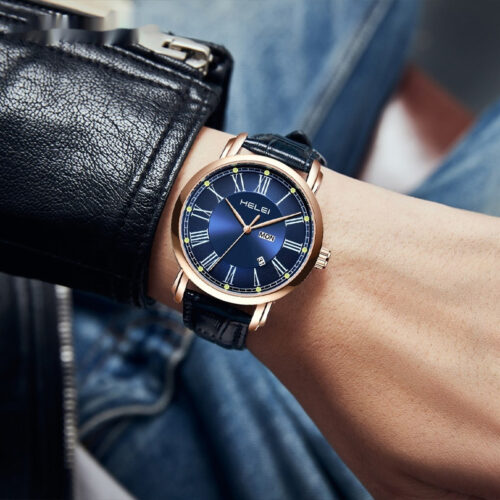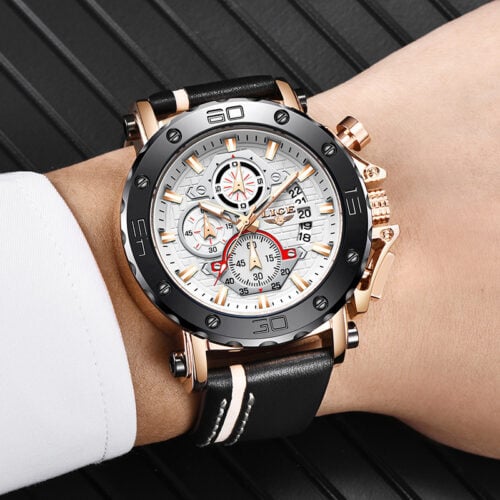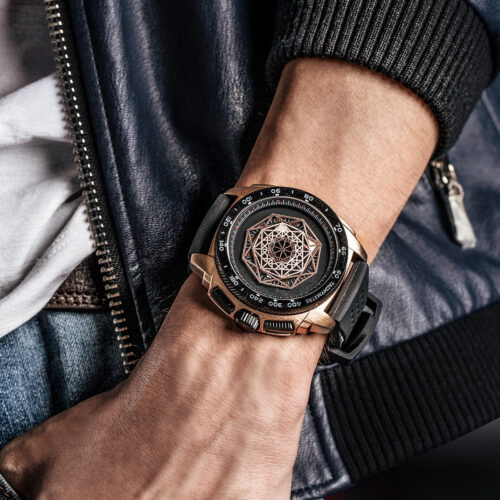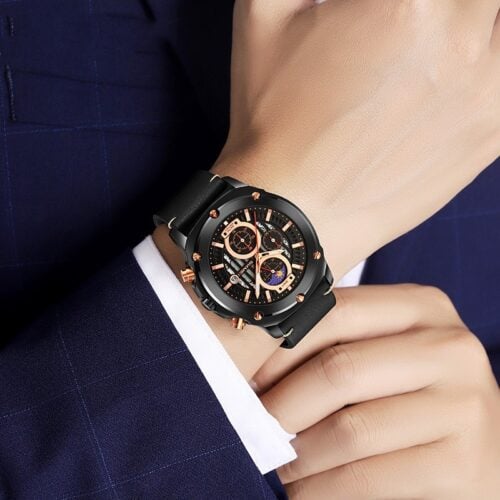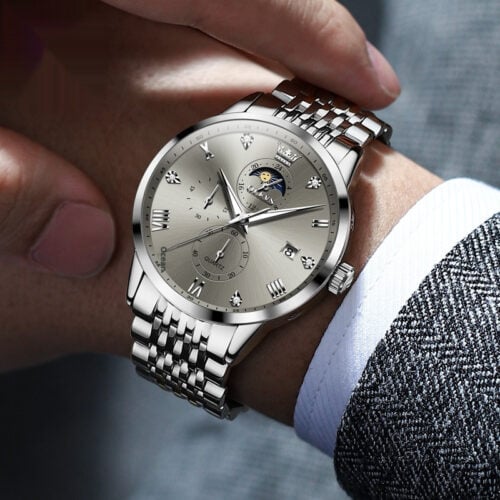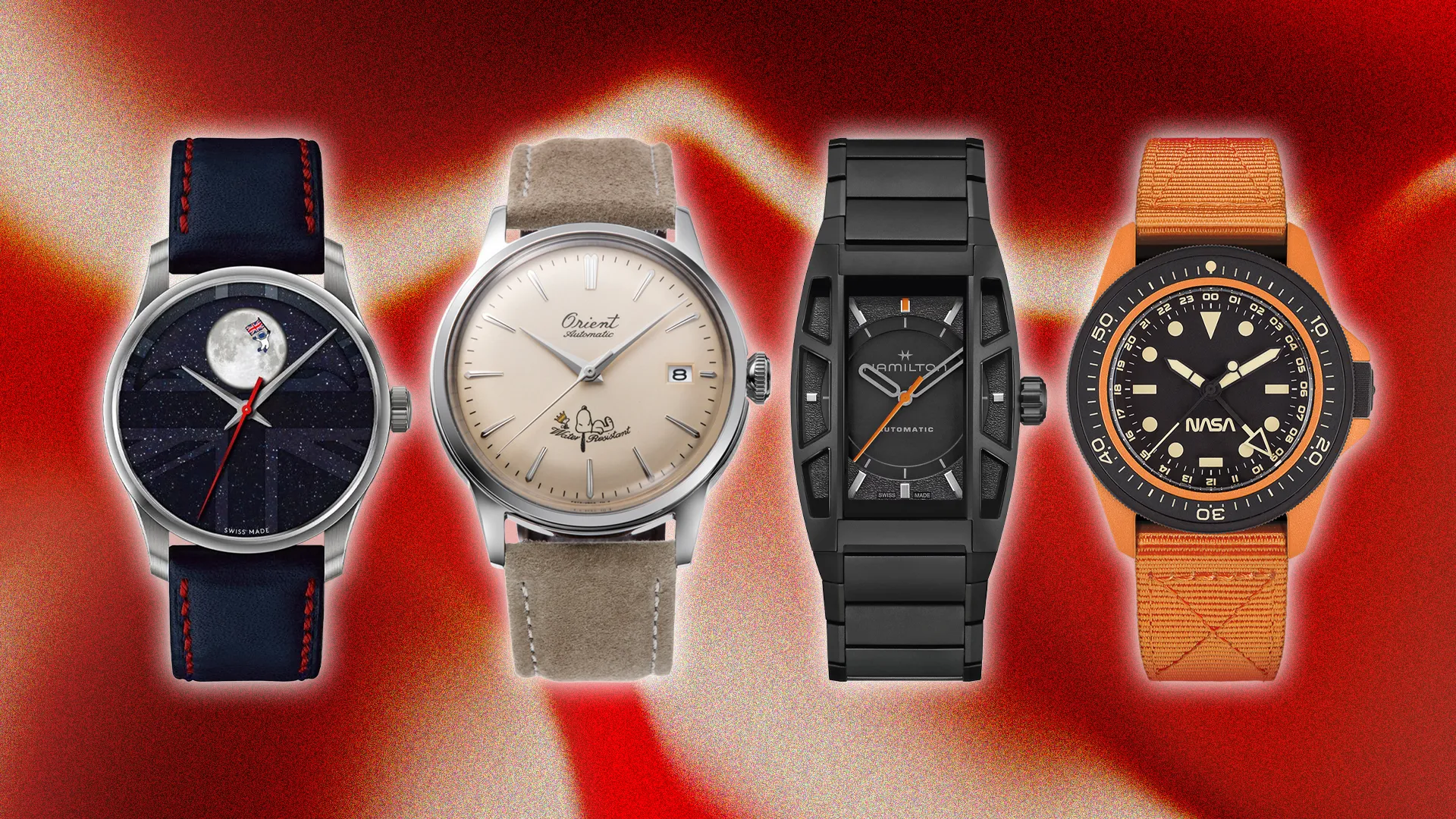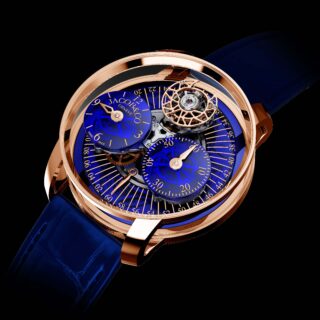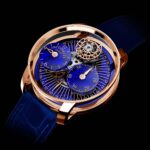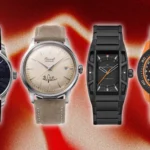The world of horology continues to evolve at a remarkable pace, and 2025 has emerged as a pivotal year where traditional craftsmanship meets cutting-edge innovation. From sustainable materials to smart integrations that don’t compromise elegance, the watch industry is experiencing a renaissance that honors its heritage while embracing the future.
The Rise of Sustainable Luxury
Environmental consciousness has moved from trend to necessity in the luxury watch sector. Leading manufacturers are pioneering the use of recycled precious metals, with some brands achieving up to 95% recycled content in their cases. Ocean plastic has found new life in watch straps, while lab-grown diamonds are becoming increasingly accepted in high-end timepieces.
Swiss manufacturers are also investing heavily in carbon-neutral production facilities. The concept of “forever watches” – timepieces designed for multi-generational ownership with comprehensive repair and restoration services – has gained significant traction among conscious consumers.
Smart Integration Without Compromise
The smartwatch revolution has matured, but 2025 marks the year of subtle integration. Traditional luxury brands have mastered the art of incorporating smart features without sacrificing aesthetic appeal. Discreet health monitoring sensors, wireless charging through the case back, and companion apps that enhance rather than replace the mechanical experience are becoming standard.
The most successful implementations maintain the soul of traditional watchmaking while offering connectivity that enhances daily life. Think notification vibrations so subtle they feel like a gentle tap on the wrist, or fitness tracking that works seamlessly in the background without disrupting the classic dial design.
Micro-Brands Making Macro Impact
Independent watchmakers and micro-brands continue to disrupt the industry with innovative designs and accessible luxury. These smaller manufacturers are pushing creative boundaries, often delivering unique complications and artistic expressions at price points that challenge established luxury houses.
Direct-to-consumer models have matured, with many micro-brands now offering services traditionally reserved for major manufacturers: in-house movements, custom engravings, and personalized customer experiences that create deep emotional connections with their timepieces.
The Return of Dress Watches
After years of sports watch dominance, elegant dress watches are experiencing a renaissance. Ultra-thin profiles, clean dial designs, and refined complications are appealing to a generation seeking sophistication over sportiness. The trend reflects a broader cultural shift toward intentional living and refined aesthetics.
Modern dress watches often feature updated proportions – slightly larger than vintage counterparts but maintaining elegant proportions. New materials like ceramic and titanium allow for traditionally styled watches with contemporary durability and comfort.
Complications for the Modern Era
Traditional complications are being reimagined for contemporary life. GMT functions now account for multiple time zones with digital nomad-friendly displays. Moon phase complications incorporate actual lunar data for outdoor enthusiasts. Annual calendars are being simplified for easier adjustment after travel or extended periods of non-wear.
The focus has shifted from complexity for its own sake to practical complications that enhance modern lifestyles while maintaining the mechanical poetry that makes mechanical watches special.
Color and Material Innovation
Bold dial colors have moved beyond novelty to legitimate horological statements. Deep greens, rich burgundies, and gradient effects are being executed with museum-quality craftsmanship. New manufacturing techniques allow for textures and finishes previously impossible, creating depth and visual interest that photographs struggle to capture.
Titanium continues to gain prominence, offering the durability of steel with significantly reduced weight. New alloys and surface treatments create pieces that age gracefully while maintaining their initial appearance longer than traditional materials.
Investment Perspective
The watch market has stabilized after the speculative peaks of recent years, creating opportunities for both collectors and first-time buyers. Limited editions are becoming more accessible, while truly exceptional pieces continue to appreciate. The focus has shifted toward personal enjoyment and long-term ownership rather than pure speculation.
Young collectors are increasingly interested in brand stories, manufacturing processes, and the human elements behind their timepieces. This trend favors brands with authentic heritage and transparent production practices.
Looking Ahead
As we progress through 2025, the watch industry demonstrates remarkable resilience and creativity. The integration of sustainability, technology, and traditional craftsmanship isn’t just surviving – it’s thriving. Whether you’re drawn to the latest smartwatch capabilities, the timeless appeal of mechanical movements, or the innovative approaches of independent manufacturers, 2025 offers something exceptional for every wrist and budget.
The future of watchmaking lies not in choosing between tradition and innovation, but in the masterful synthesis of both. The timepieces defining 2025 prove that the most compelling watches tell time beautifully while telling their own unique stories.
For watch enthusiasts looking to explore these trends, consider visiting authorized dealers to experience these innovations firsthand. The tactile experience of trying on a well-crafted timepiece remains irreplaceable in our increasingly digital world.


